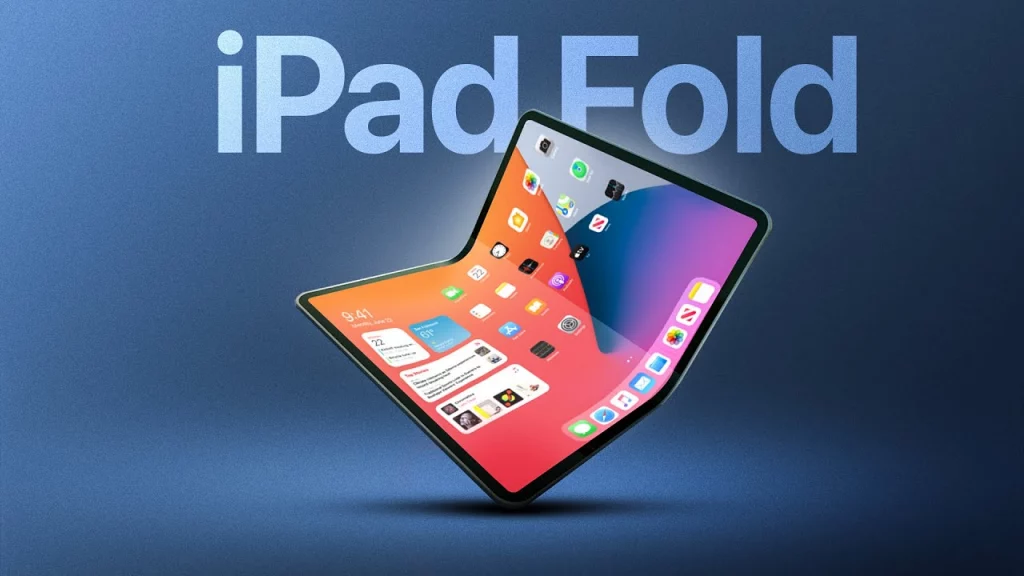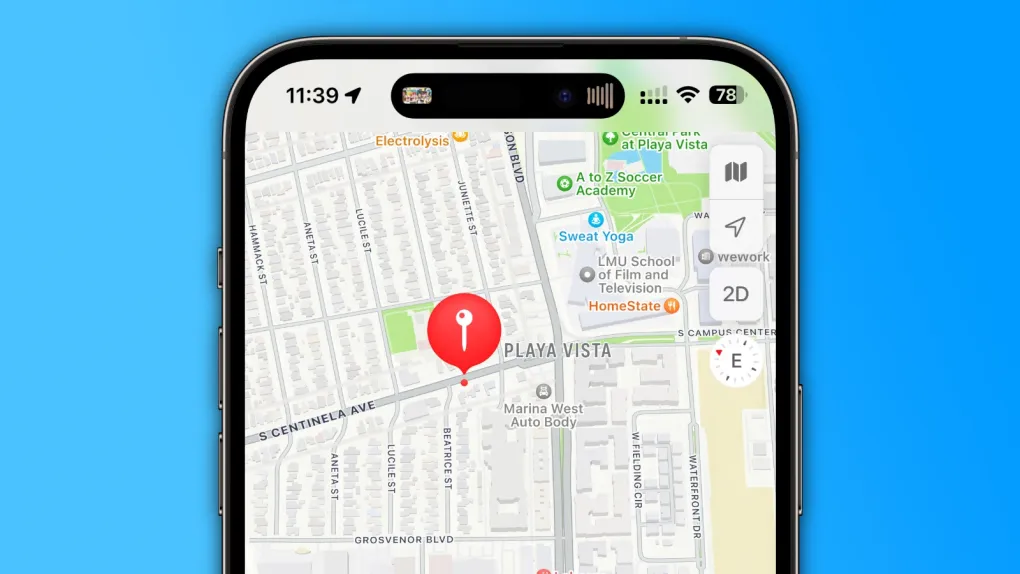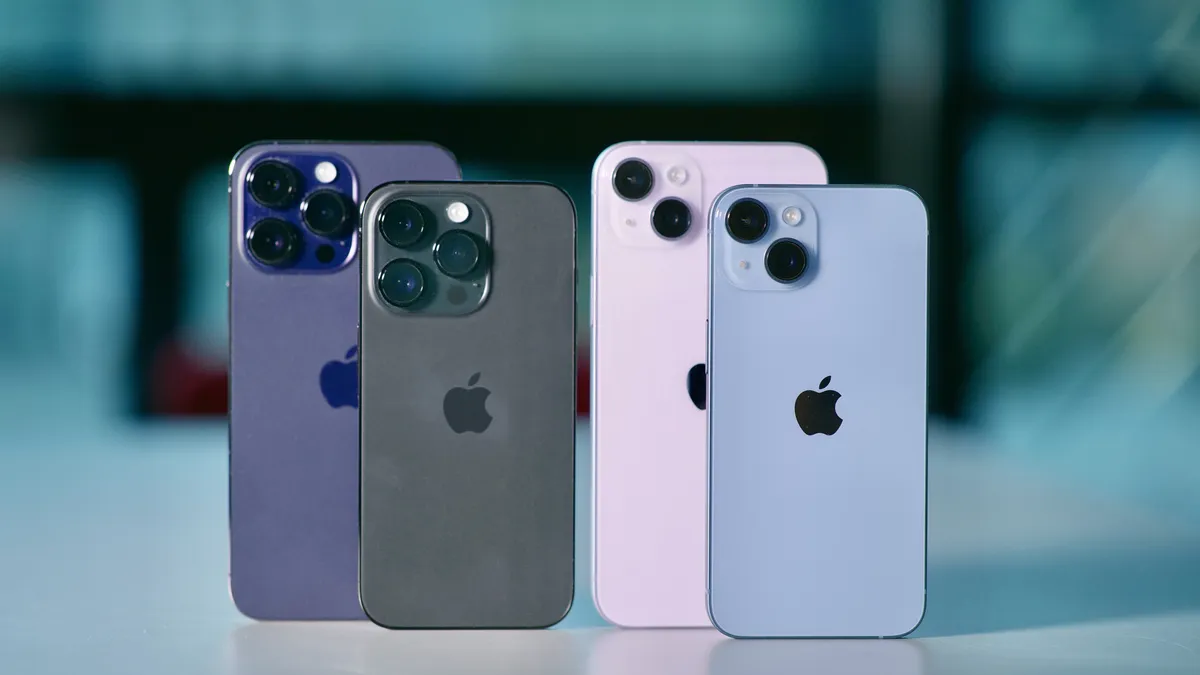Craig Federighi, a top boss at Apple, has shaken things up for Siri, Apple’s voice helper. Reports say his leadership has pushed Siri to get a major upgrade. This change didn’t happen overnight—it came after a lot of thinking and planning inside Apple. Federighi wanted Siri to be smarter and more helpful, and now the company is making it happen.
The big shift started when Federighi took a closer look at Siri’s problems. People loved using it, but it wasn’t always good at understanding or answering well. He decided it was time to fix that. With his team, he began working on a new plan to make Siri sharper and quicker. They looked at what users wanted—like better answers and smoother chats—and got to work.
Apple didn’t just tweak a few things. They went big, rebuilding Siri from the ground up. Federighi brought in fresh ideas and leaned on new tech to power it up. One report says he even pulled in experts who know a ton about artificial intelligence, or AI. This wasn’t just about small improvements—it was a full makeover to keep Siri ahead of other voice assistants out there.
The result? Siri’s on its way to being a lot more useful. It’s learning to handle tougher questions and talk more naturally. Federighi’s push has Apple betting big on this new version, hoping it’ll wow users everywhere. The company’s been quiet about exact details, but the buzz is that Siri’s changes are already in motion. Thanks to Federighi’s lead, Apple’s voice helper might soon be the best it’s ever been.





